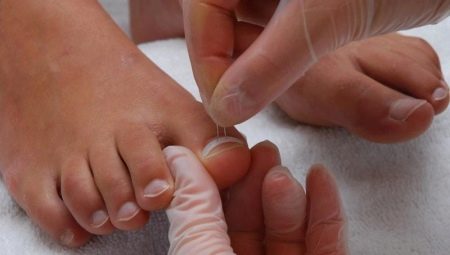The curvature of the nail plates on the legs can occur in both adults and children. Such nails not only look unattractive, but can also indicate serious diseases that require timely treatment. To know how to fix this problem or prevent the appearance of bent or concave nails, first of all, it is worth understanding the causes of their deformation.
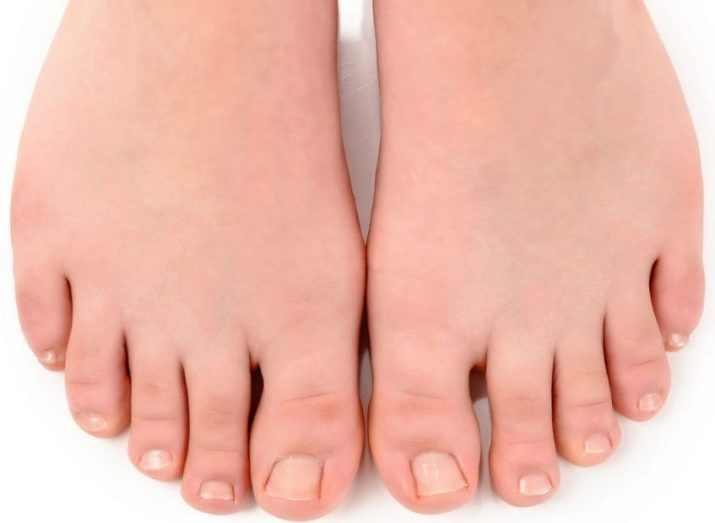
Why do nails bend and grow unevenly?
The nail is designed to protect the end of the finger, so it is quite solid and consists of horn plates. Its growth is provided by a special zone hidden under the skin and called the root of the nail. As the plates grow, the body of the nail and its free edge are formed, which must be cut off in time.
If the nail is healthy, then it will be pink in color, with a smooth shiny and necessarily even surface. Under the influence of any internal or external factors, the plate may bend.
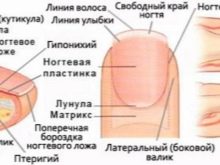
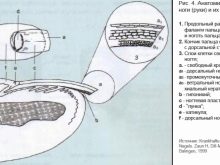
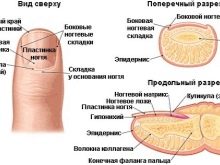
Growing up, wavy nails are quite common. In this case, the entire plate is sometimes bent, and in some cases only its outer corners are twisted. In addition, curvature can occur only on one finger (most often on the thumb) or be present on all nails.
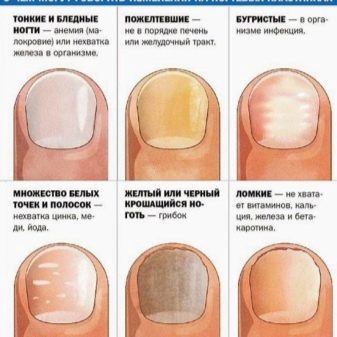
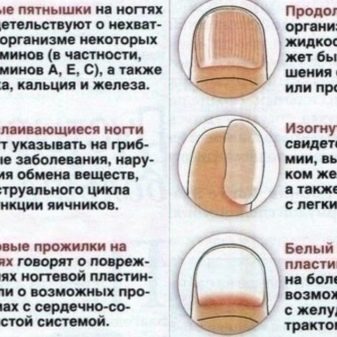
The cause of the deformation may be a number of reasons, which will be discussed below.
Growth area damage
Because of this, the nail begins to grow unevenly.This happens with a finger injury affecting the base of the nails, as well as with incorrect pedicure, when the cuticle cuticle leaves the matrix unprotected.
Deficiency of vitamins and other nutrients (proteins, calcium)
Such a shortage can be provoked not only by a poorly balanced diet, but also by various diseases in which the digestion and assimilation of vitamins worsens, for example, anemia or gastroenteritis.
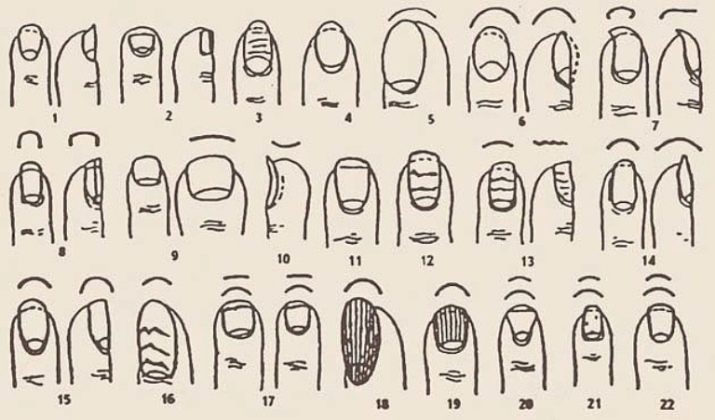
Improper care
The plate may thin and bend when using cheap varnishes and products containing acetone. Incorrect cutting can also lead to problems with nails if scissors that are not sharp enough are used and the nail itself is cut not in a straight line, but with a rounding (it is absolutely not recommended to do this on the legs).
Inconvenient shoes
If it is of poor quality, made of artificial materials or too tight, then this adversely affects the condition of the nails and can provoke bending. It is unacceptable to wear tight and narrow shoes, because they will injure the nails and cause their deformation.
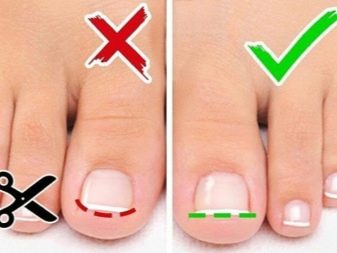
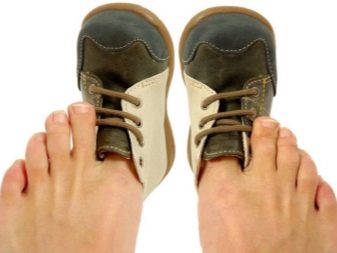
Fungal infection
Poor hygiene or excessive sweating contributes to its appearance, as a result of which the legs become wet and fungi develop more actively. The defeat of the toenails with the fungus is manifested not only by deformation, but also by a color change, the appearance of spots and stripes, thickening and other signs. A dermatologist should confirm the presence of a fungus-provoked infection by examining part of the nail.
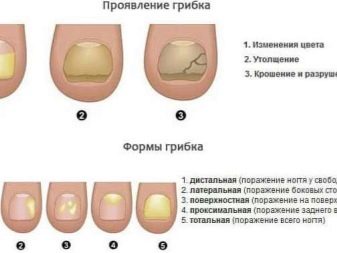
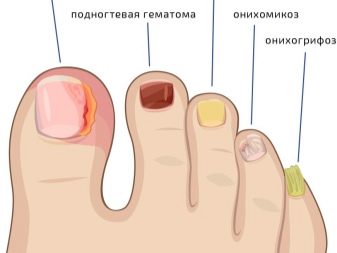
Diseases of the internal organs
For example, the thyroid gland or the heart. With such pathologies, nail changes are only one of the symptoms, therefore, for a proper diagnosis, you should consult a pediatrician or therapist, and then a narrow specialist who will treat the underlying disease.
Eczema or psoriasis can lead to waviness of the nails. In this case, the problem is treated under the supervision of a dermatologist. Another reason for the curvature is antibiotic or chemotherapy, as well as poisoning. If you suspect a toxic effect or a side effect of drugs, you should immediately consult your doctor.

Heredity
Although very rare, but the deformation of the nails is due to congenital pathology. This is usually found at an early age.
How to fix the situation?
Rough nails not only spoil the appearance, but can also cause discomfort or pain, for example, if they cling to shoes. In this case, it is recommended to consult a doctor. If a child or an adult's toenails grow up, then you need to influence the cause of this phenomenon.
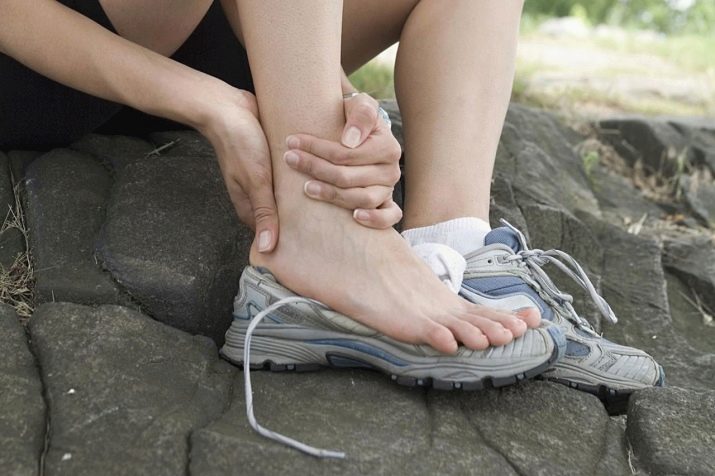
If a deficiency of vitamins in food has been detected, you should balance the diet or include vitamin supplements on the advice of a doctor. They must contain vitamins A, H, E and B1.
For diseases of the digestive system, the patient should be referred to a gastroenterologist, who will prescribe the necessary treatment, after which the condition of the nails is normalized.

If the curvature in adults is caused by improper care, you need to rest from the pedicure, strengthen the nail plates with special varnishes, make baths with salts or oils.
With fungal infection, treatment aimed at pathogens is required. It happens both local (ointments, creams), and general (tablets or even injections), but specialist should prescribe antifungal drugs.
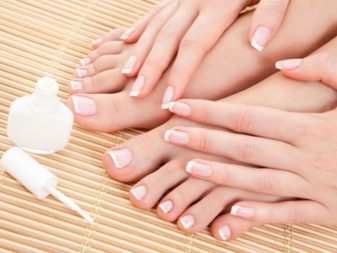
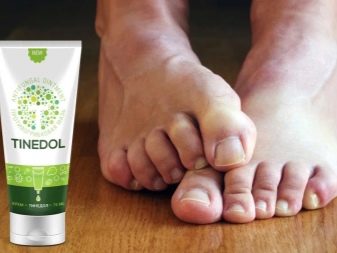
If the cause is heredity, then no treatment is prescribed, but it is recommended to take vitamins, make warm baths and cut nails to a safe length.
In case of injury, it is necessary to observe the damaged plate until it is updated naturally.
In some cases, you can not do without surgical intervention, in which the entire nail or part of it is removed.
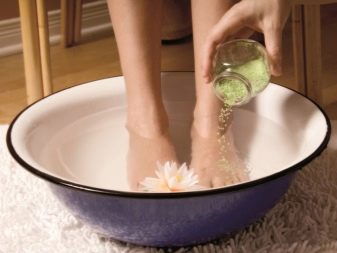
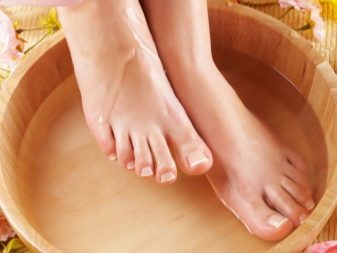
Preventive measures
If the nails only begin to deform and bend upwards, the situation should not be aggravated.This must be done with careful care and regular moisturizing. Such measures are also necessary after treatment, when the cause of growing up nails is discovered and eliminated. The following actions help prevent nail diseases:
- timely shearing, in which the plates are not cut very short;
- the use of comfortable shoes made of quality material - it should be suitable in size;
- regular pedicures at home or with a trusted craftsman using a sanitized and sharpened tool;
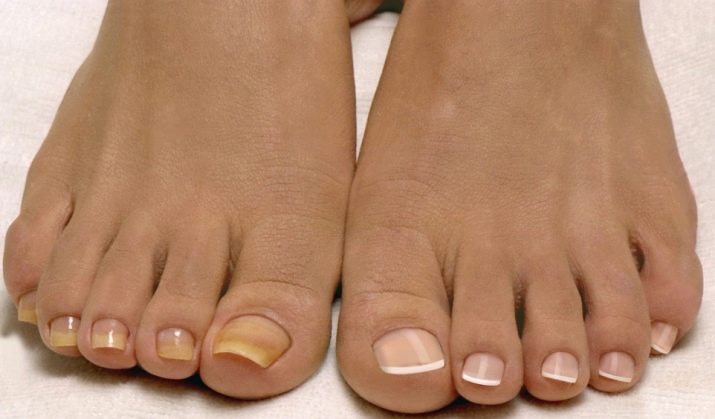
- performing foot massage for better blood circulation;
- daily hygiene and regular change of socks, which will not allow favorable conditions for the propagation of fungi;
- the use of rubber individual shoes when visiting the pool, sauna or bath;
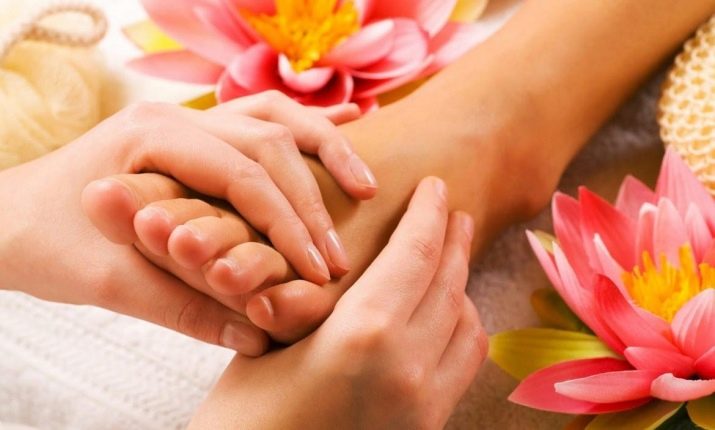
- the use of high-quality varnishes and means for their removal;
- prevention of toe injuries;
- a balanced diet with enough protein, calcium and iron;
- sufficient physical activity - frequent walks in the fresh air and a good night's sleep, because these factors are important for the health of the body as a whole.

Adults can also use the recommendations of cosmetologists and various folk remedies to strengthen nails. For example, rubbing healthy oils - almond, jojoba, olive and others - twice a week can be attributed to them; periodic treatment of plates with iodine can also be used. Lotions with herbal infusions (for example, based on chamomile, elecampane, string, calamus or celandine) give a good effect.
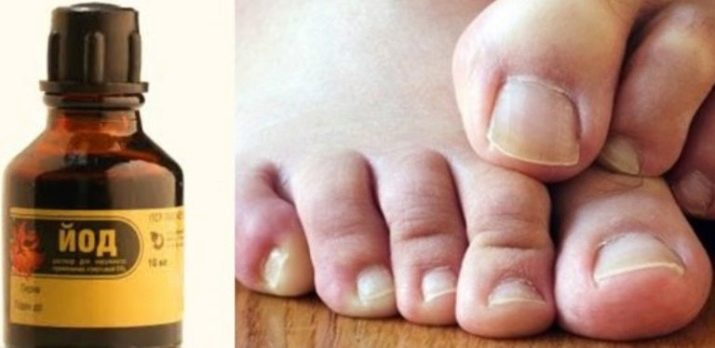
The nuances of aligning the nails growing up are described in the video.
